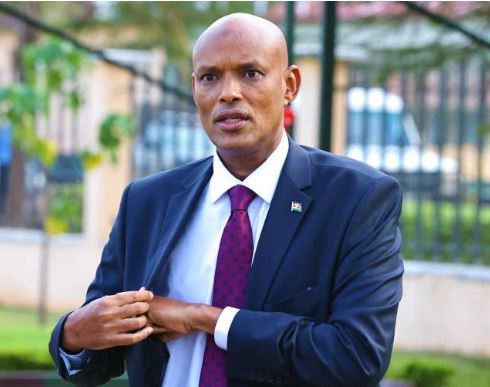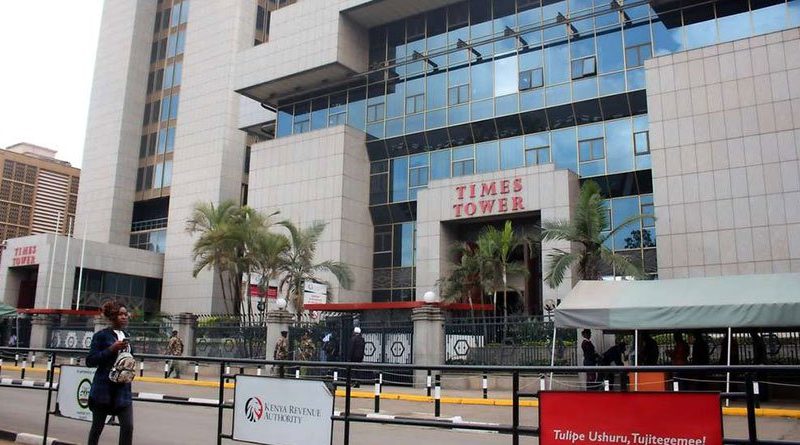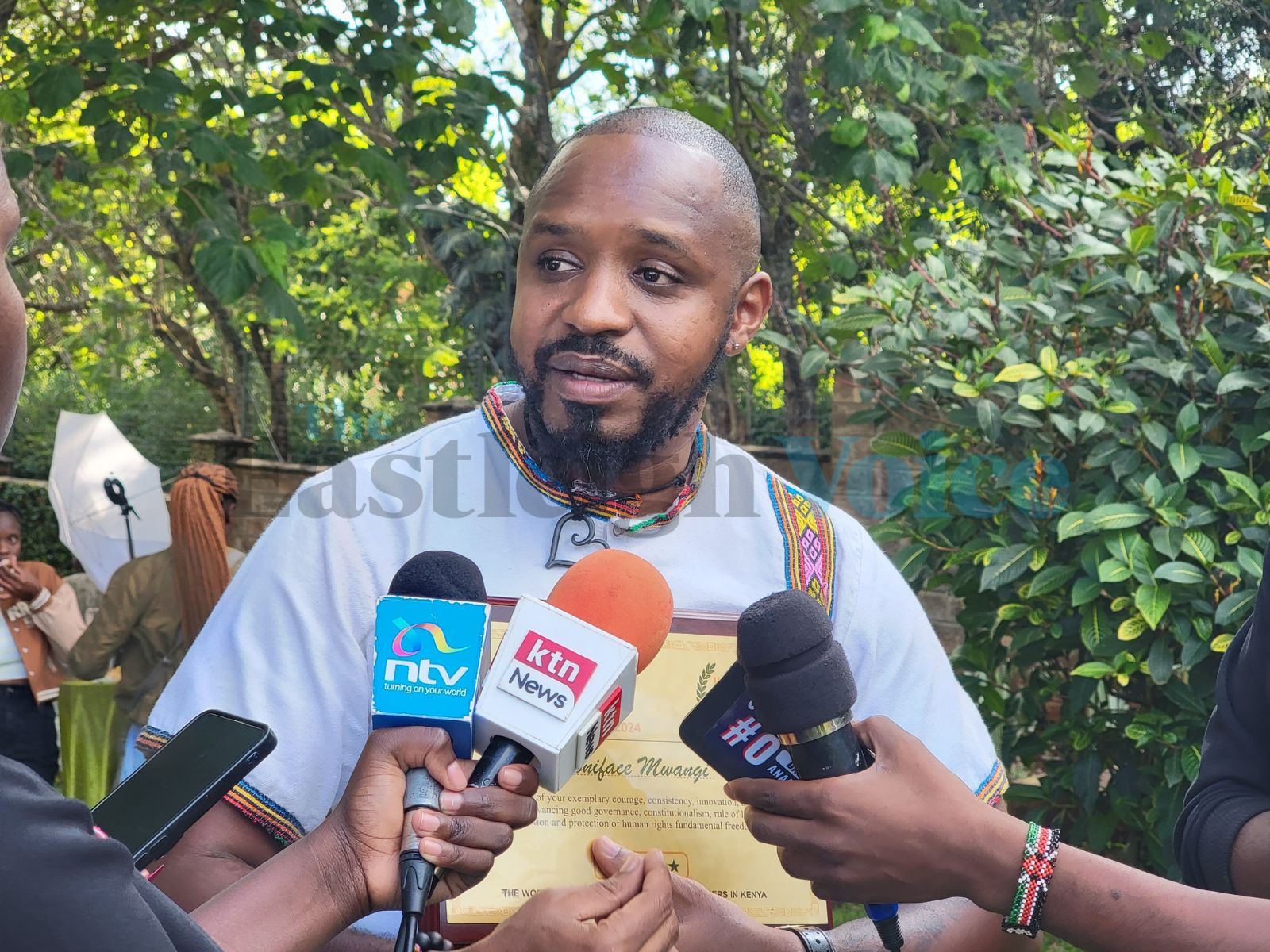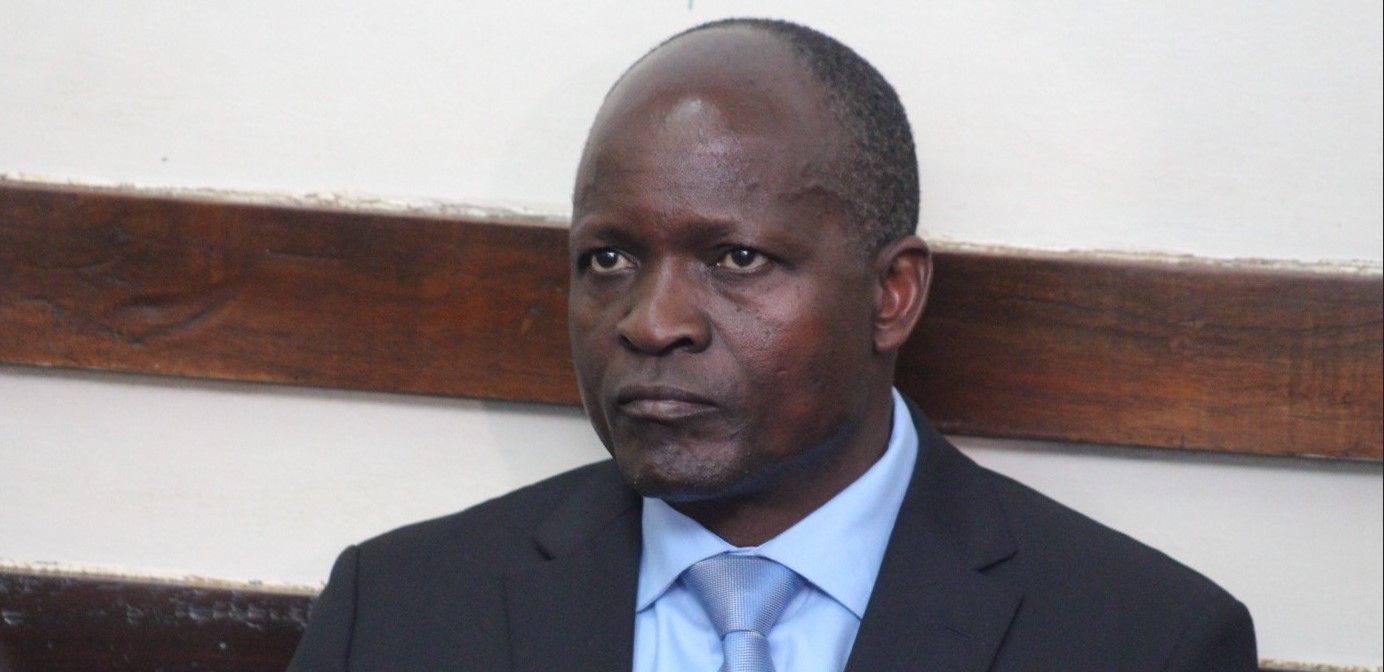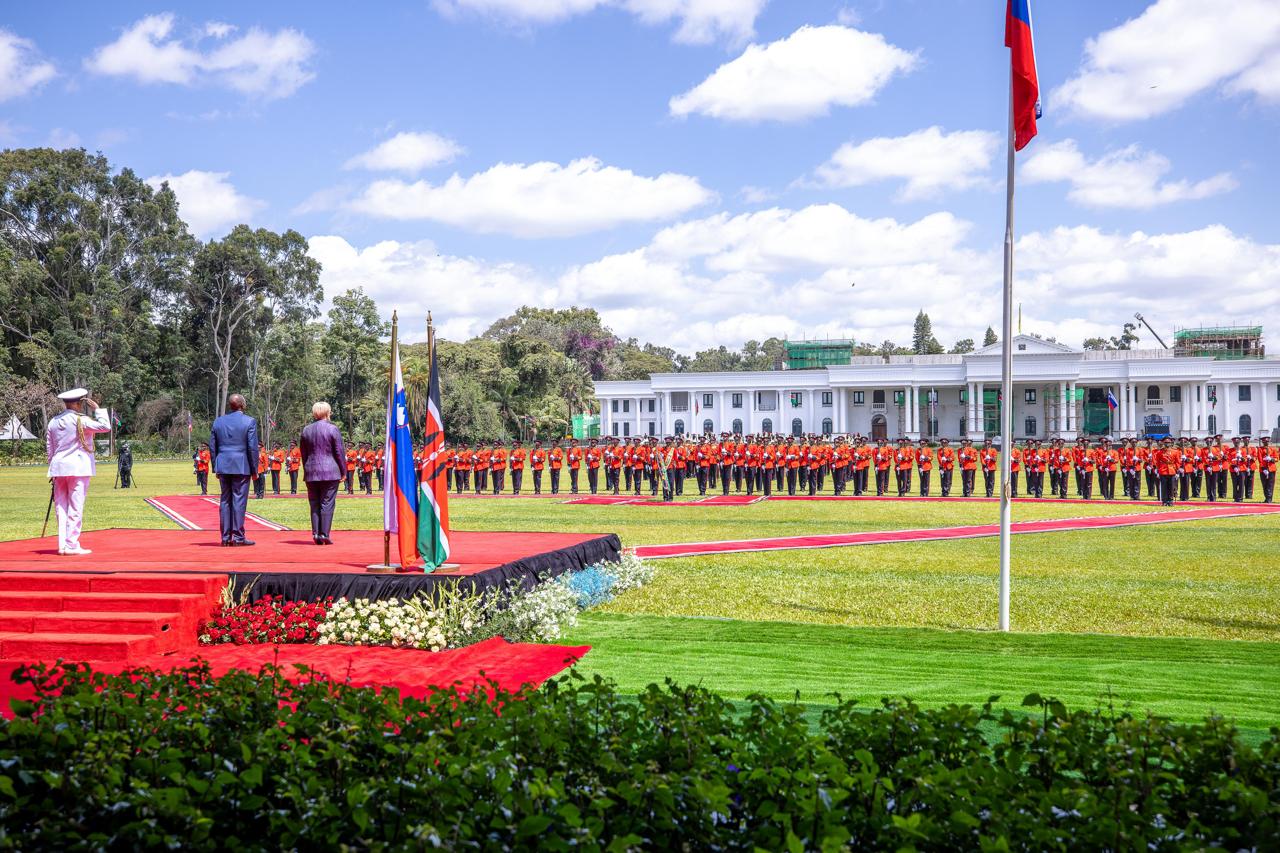Countries to update green pledges by February 2025 as current ones fall short
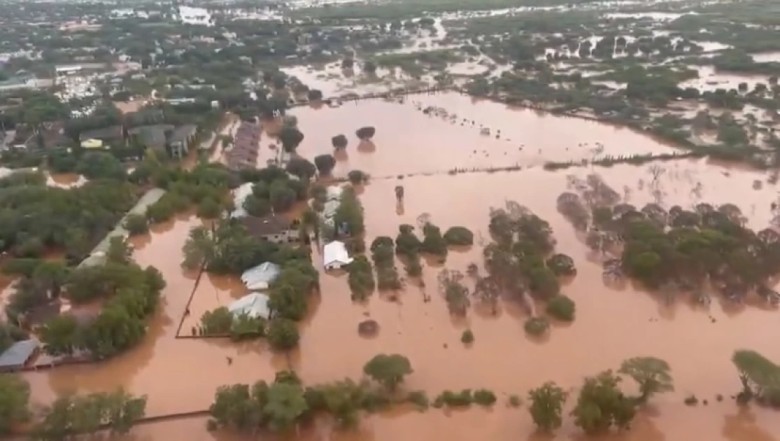
Kenya's latest 2020 update was classified among the most ambitious pledges and was submitted to the NDC Registry held by UNFCCC.
After the recently concluded COP29 climate summit in Baku, Azerbaijan, where delegates reached an agreement on increased climate funding to drive green initiatives, countries are now being urged to update their climate action commitments by February 2025 at the latest.
Commonly known as Nationally Determined Contributions (NDCs), the pledges serve as catalysts for national climate policies and actions, driving investments in clean energy, sustainable transportation and climate-resilient infrastructure.
More To Read
- African women key to fighting climate change – these are the green skills they will need
- Our oceans are in trouble: how to move beyond the outrage and start taking real action
- Kenya gets Sh16.4 billion loan to tackle rural poverty, climate woes
- Tide of change: Coastal women demand bigger role in blue economy
- Kenya unveils 2024–2030 disaster risk strategy to protect lives and boost resilience
- Kenya cuts environment budget to Sh103.8 billion despite climate change pressures
They also promote transparency and accountability in climate efforts, as countries are required to regularly report on their progress.
Ideally, detailed, ambitious and credible NDCs set emissions reduction targets for key polluting sectors, such as energy and transportation, while ensuring national policies such as fossil fuel subsidies don't stand in the way of progress.
The pledges include plans for creating jobs in clean technology industries and the outline of projects, policies and financing needs that can help to attract funding.
As the calls for countries to submit their updated pledges take centre stage after the COP29 summit, experts have downplayed the current pledges' efforts towards reducing greenhouse gas emissions.
A report by the United Nations Framework Convention on Climate Change (UNFCCC) says the current pledges fall miles short of what's needed to prevent the worst impacts of climate change.
The convention notes that full implementation of all current NDCs would likely lead to a mere 5.9 per cent emission reduction by 2030 compared to the 2019 levels of about eight per cent.
Global warming
"Existing NDCs are not nearly ambitious enough to limit global warming to below 1.5°C. The actions outlined in existing NDCs are on track for a catastrophic 2.5-2.9°C of warming by 2100," the convention says.
The first NDCs were part of the Paris Agreement agreed by all 196 parties and the first update was in 2020.
Kenya's latest 2020 update was classified among the most ambitious pledges and was submitted to the NDC Registry held by UNFCCC.
The pledge sought to abate greenhouse gas emissions by 32 per cent by 2030 in line with the country's sustainable development agenda through a low-carbon and climate-resilient development pathway.
The country's NDC tries to bear 21 per cent of the mitigation costs from domestic sources and the remaining 79 per cent from international support, in the form of finance, technology, development and transfer and capacity building.
However, despite the ambitious commitment, and the great need for climate finance, the country has been battered by climate change-related disasters for years, as the arrangements remain opaque, leaving the affected communities vulnerable.
A report by humanitarian information source firm ReliefWeb notes that the past five failed rainy seasons in Kenya resulted in a drought, the worst in 40 years, affecting at least 4.5 million people who require food assistance.
Heavy rain, flash flooding
Then came months of heavy rain, which led to riverine and flash flooding that impacted more than 306,520 (61,304 families) between March 1 and June 18, 2024, with an estimated 315 people killed, 188 injured, and 38 missing, while more than 293,200 people (about 58,641 families) were displaced.
"These climate crises mean there are significant financial challenges that stand between the East African nation and its climate change goals," ReliefWeb says.
When the Kenyan government pledged to adhere to the Paris Agreement in 2016, agreeing to reduce its greenhouse gas emissions by 32 per cent between 2020 and 2030, it was estimated that $40 billion (Sh5.2 trillion) of new investments were needed to facilitate the attainment of that goal.
Since then, the convention says the climate crisis continues to escalate, as well as the financial need, requiring dedicated financial support.
Latest NDCs figures show the country needs $65 billion (Sh8.4 trillion) to implement Kenya's mitigation and adaptation requirements from 2020 to 2030.
Experts have also noted that another key challenge Kenya is facing is competing priorities, as the country is spending more on climate mitigation, reducing greenhouse gas emissions, and very little on climate adaptation, adjusting to the current and future effects of climate change.
Top Stories Today
